The first motor show of 2024 isn’t even a motor show at all. CES in Las Vegas, rebranded since its days as the Consumer Electronics Show as part of a wider tech push beyond televisions and mobile phones, has long since been embraced by the car industry looking to position itself at the cutting-edge of the societal change that the rise of electrification is bringing.
Even just within the hall into which the car industry is squeezed, CES can make your head spin - in both its size and what you’re actually being shown. It isn't so much an assault on your senses, rather something that makes you question your own sense of reality. Radars, sensors, cameras and software can be tricky things to demonstrate and make sound exciting. Generative artificial intelligence (AI) being installed into your car just sounds plain scary.
Yet there were still big cars and big car stories to digest at CES. The biggest new car headline came from Honda, which revealed its most interesting and exciting car in a long time: the 0 Series Saloon, a far more exciting project than the name suggests. It’s a wedge-shaped saloon that’s almost DeLorean-esque in its silhouette and is the first model of a series of Hondas made with engagement at their heart. This is not a bland, rational model made by the numbers.
But perhaps the most interesting story came from Kia, which laid out its plans to enter the commercial vehicle sector in 2025 with the PV5, the first in a series of new vans - sorry, PBVs - that it will launch over the next decade. Commercial vehicles bigger and smaller will follow, including passenger versions, in a development that shows the growth of Kia shows no signs of slowing down.
That was the headline for the Hyundai Motor Group from CES, at least of the four-wheeled kind. Its flying car division Supernal revealed its S-A2, a vision for a world where you effectively take Uber to the skies. Road relevance came from it using batteries and motors from Hyundai’s electric cars but more so from being designed by the group design boss Luc Donckerwolke.
“The great thing about CES is it’s not just a commercial show with a goal to sell new products,” he told me about why they chose it to reveal such a radical departure from Hyundai. “You’re talking about a window into the future. CES is an innovation show, giving perspective to what we’re doing and what the environment will be. We’re not just looking at cars and competition, it’s about questioning your ability to design and the fitness of your company for the future. This is what I enjoy: going from automotive world to innovative world into the future.”
Donckerwolke’s words clearly weren’t ringing in Volkswagen’s ears when it decided to bring a camouflaged version of the upcoming facelifted eighth-generation Golf. Still, the German firm did get into the spirit of things by installing AI software ChatGPT into a Golf. Quite what use that would be on the road isn’t clear.

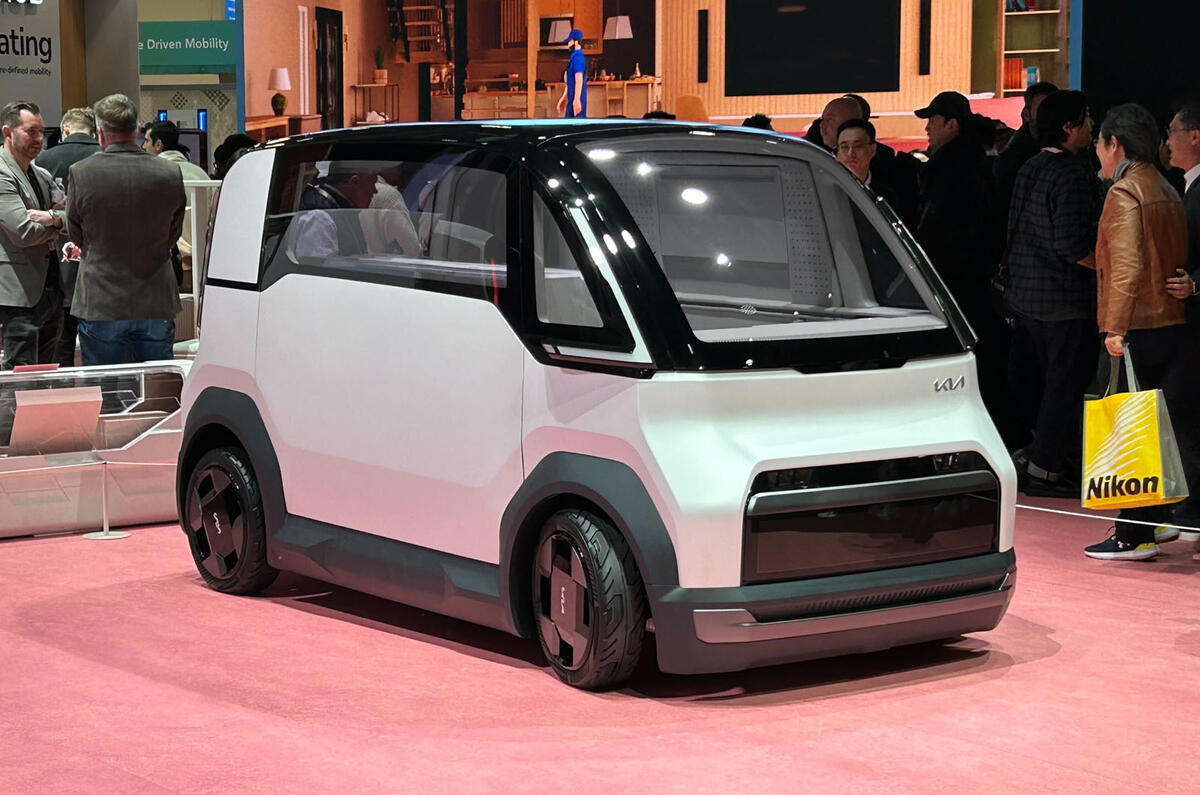
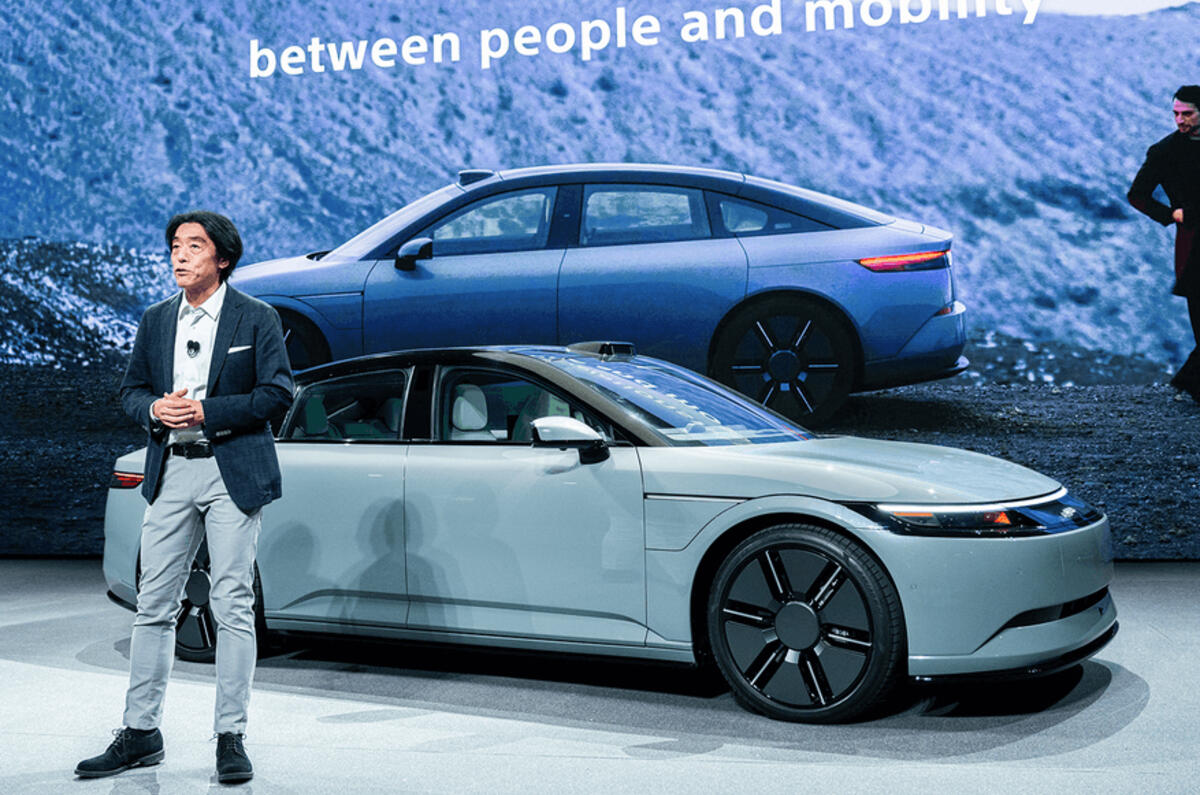
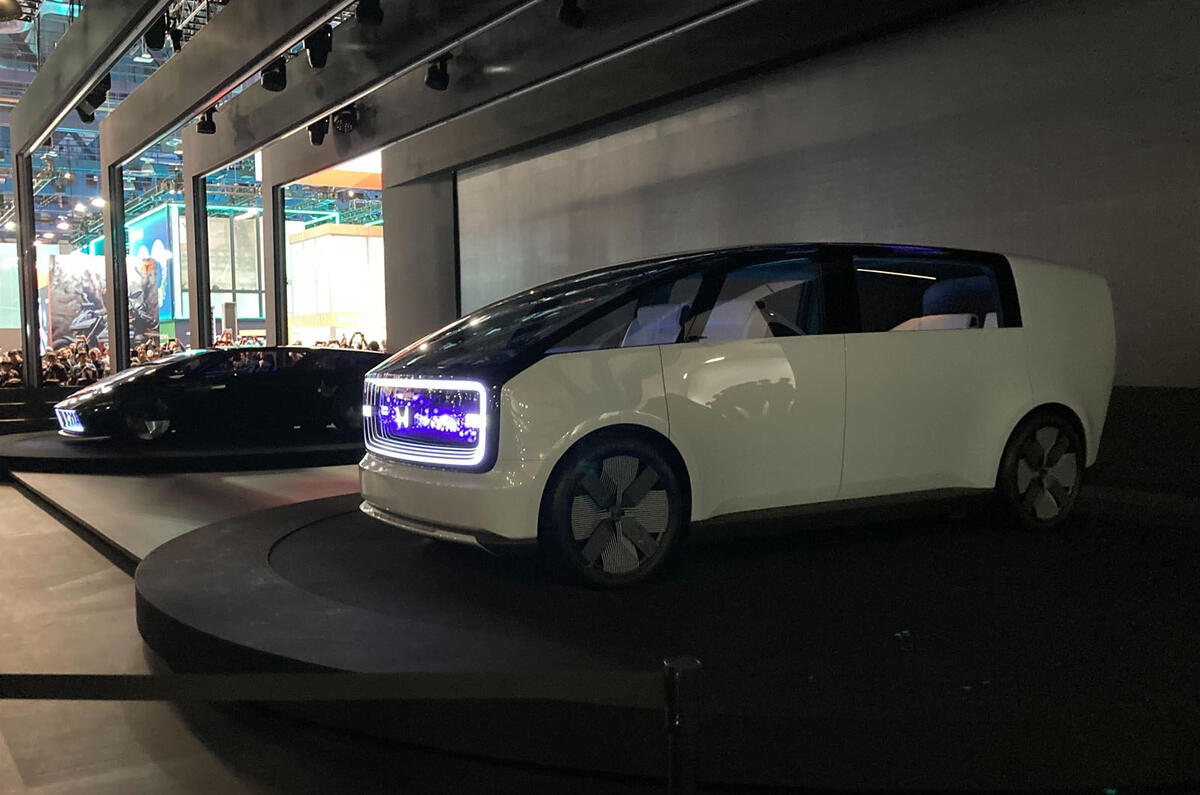
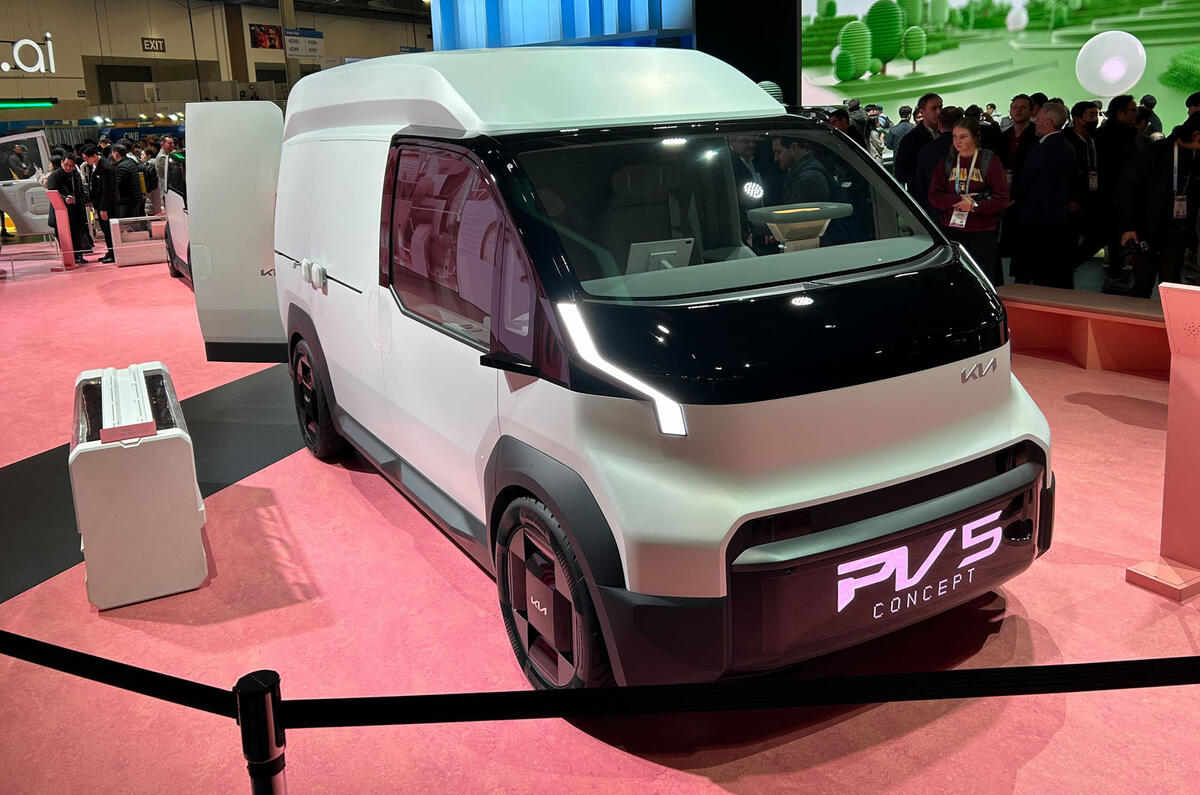
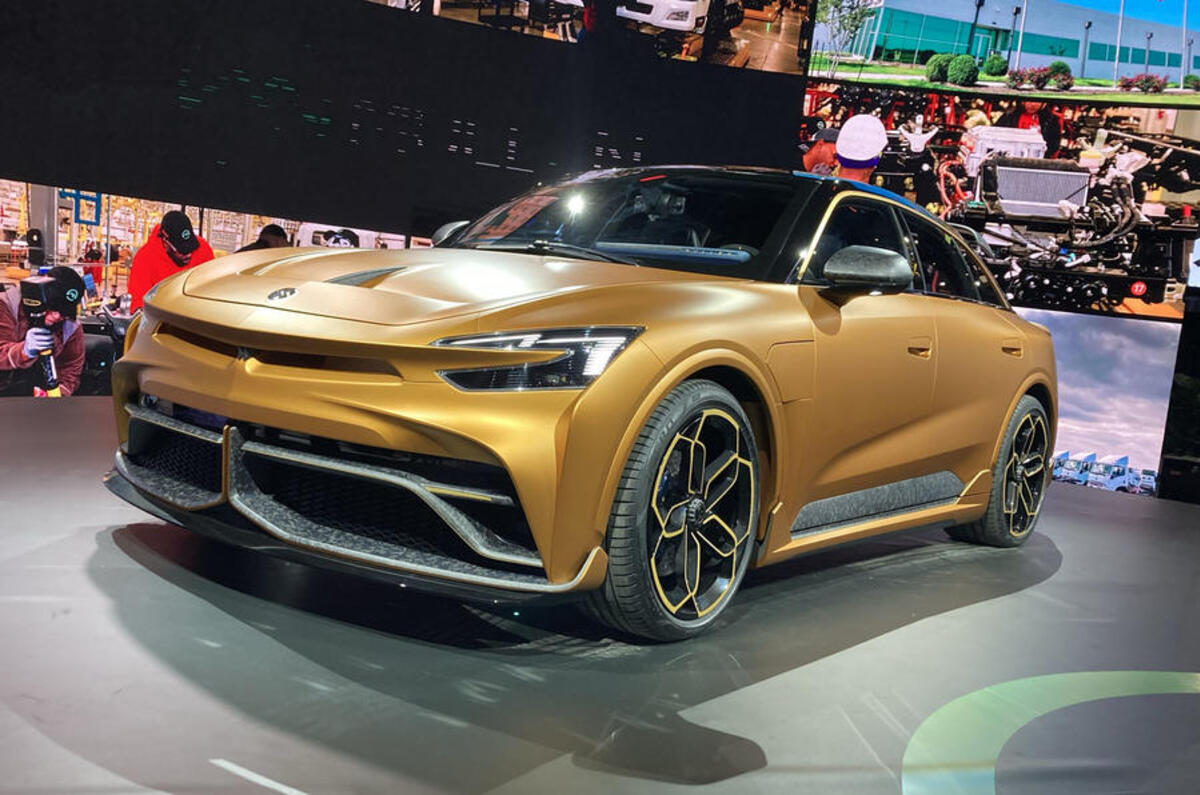
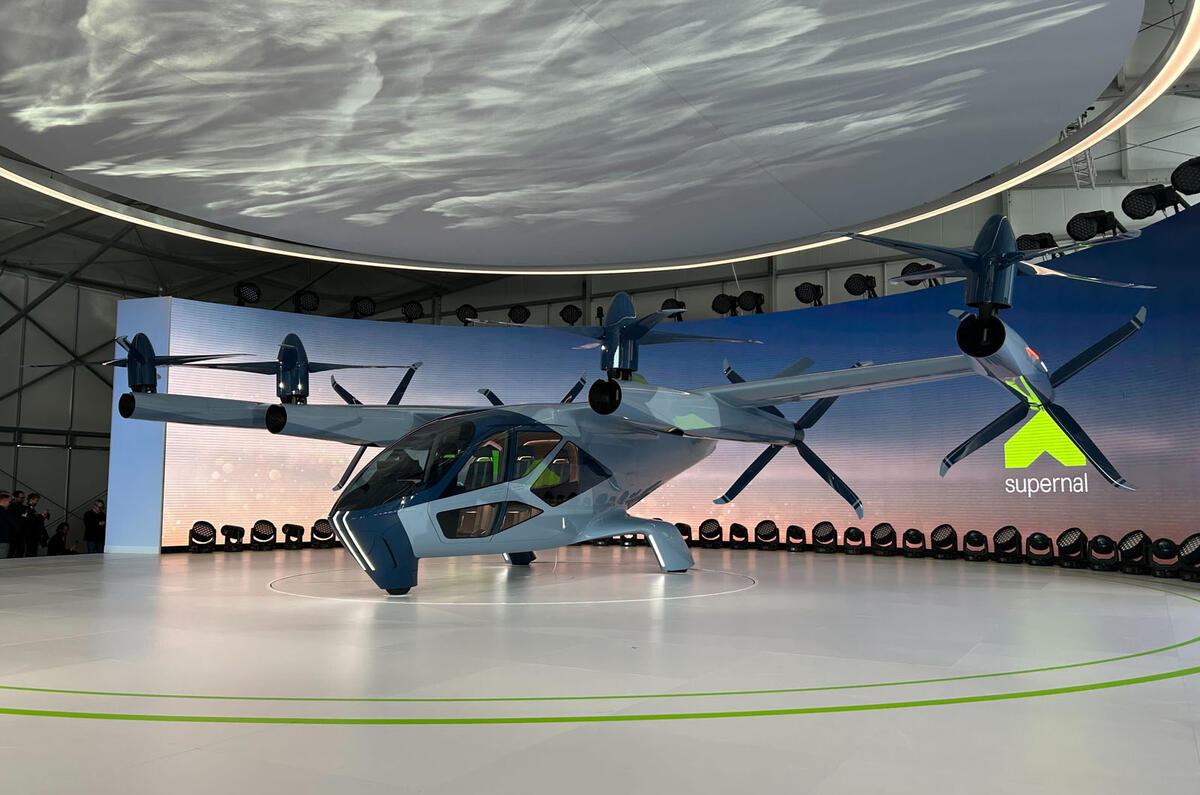
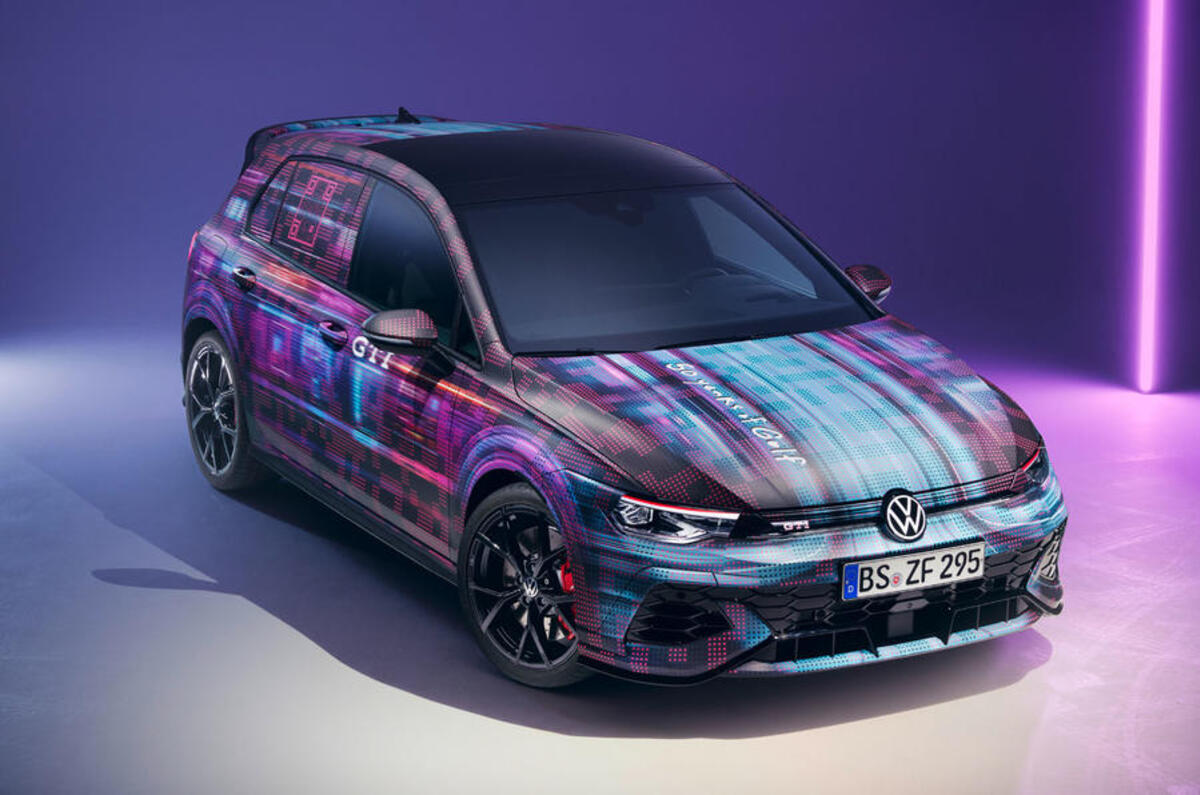
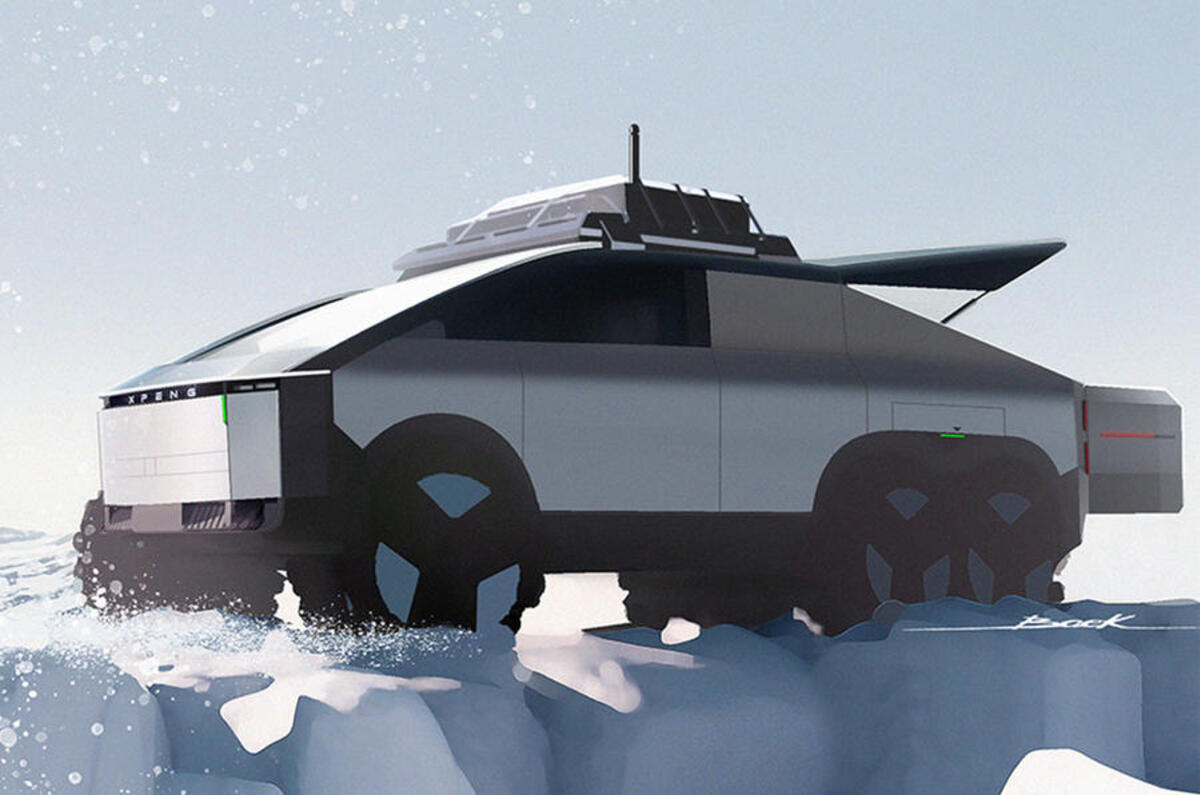
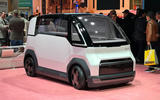

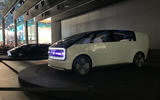

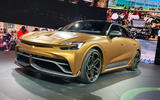
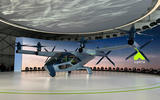
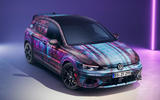
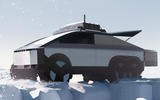

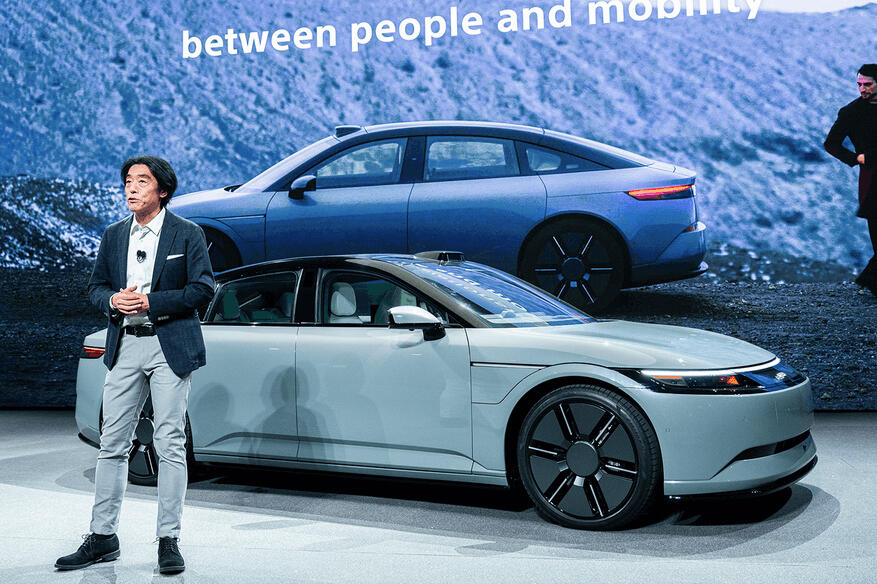

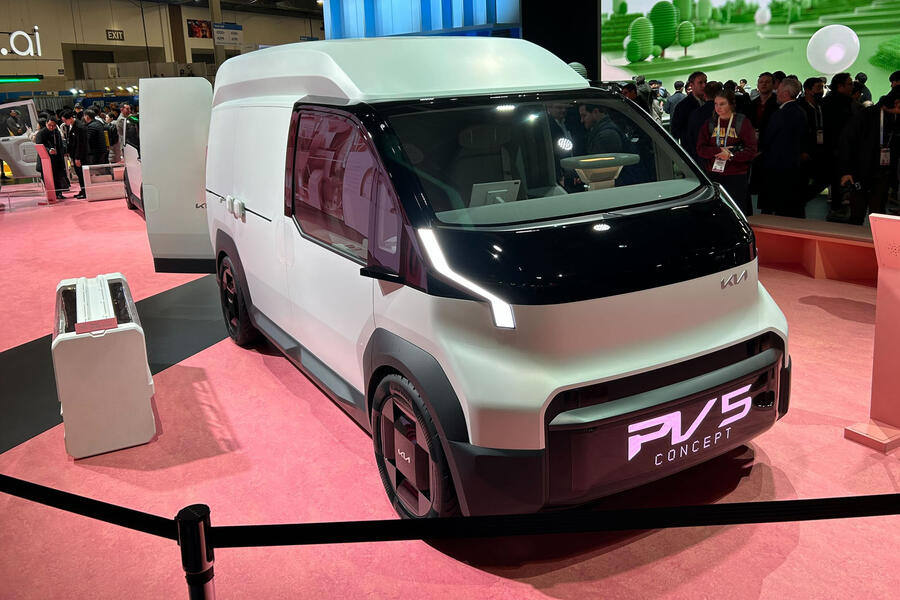
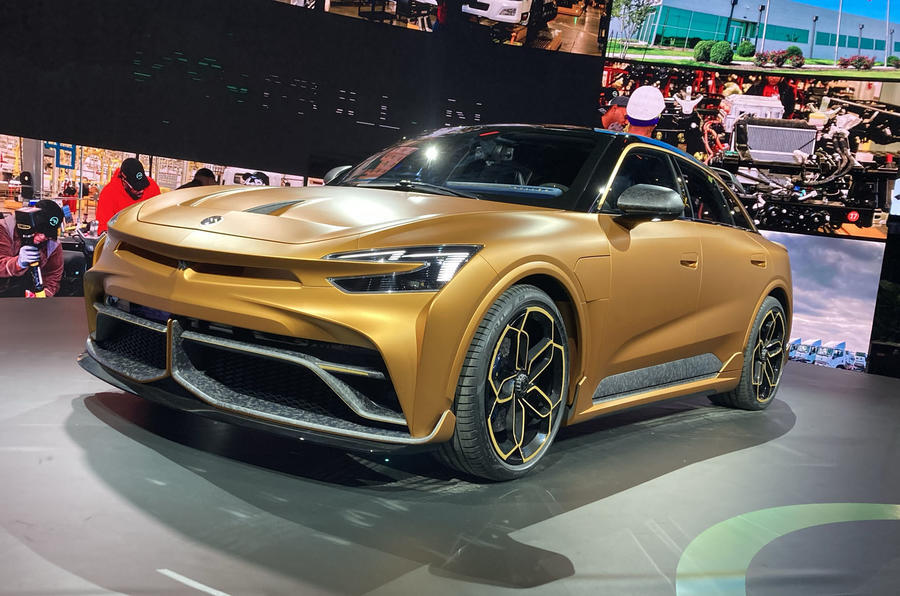
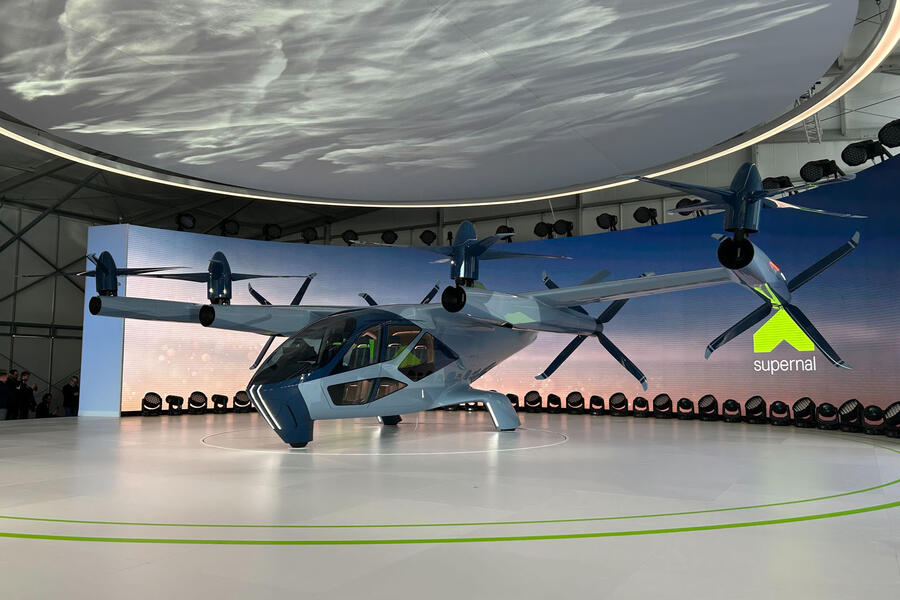

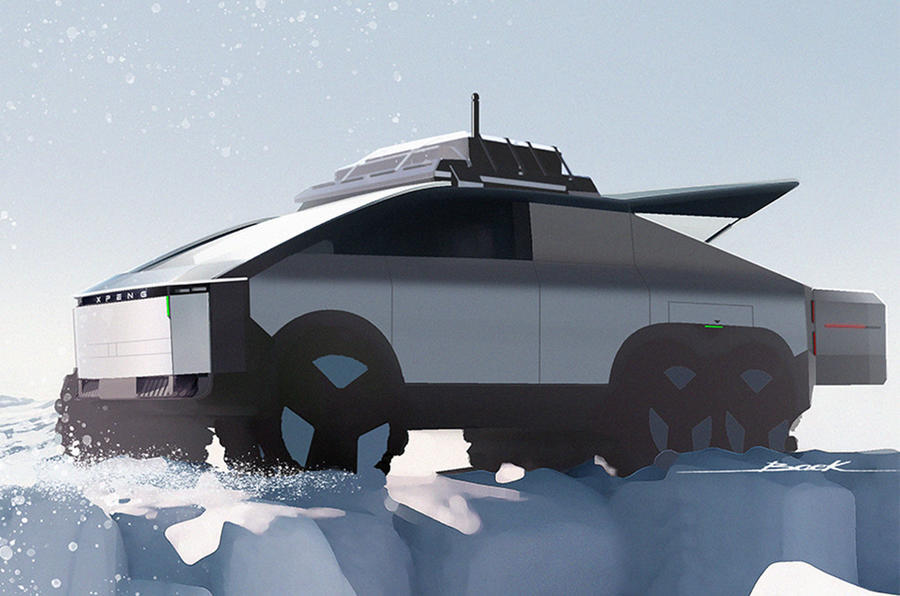





Join the debate
Add your comment
Really impressed with the new cars. Cars look increasingly different from before.
Really impressed with the new cars. Cars look increasingly different from before.
That truck with the pod on the back does look like a CyberTruck from the front alright.